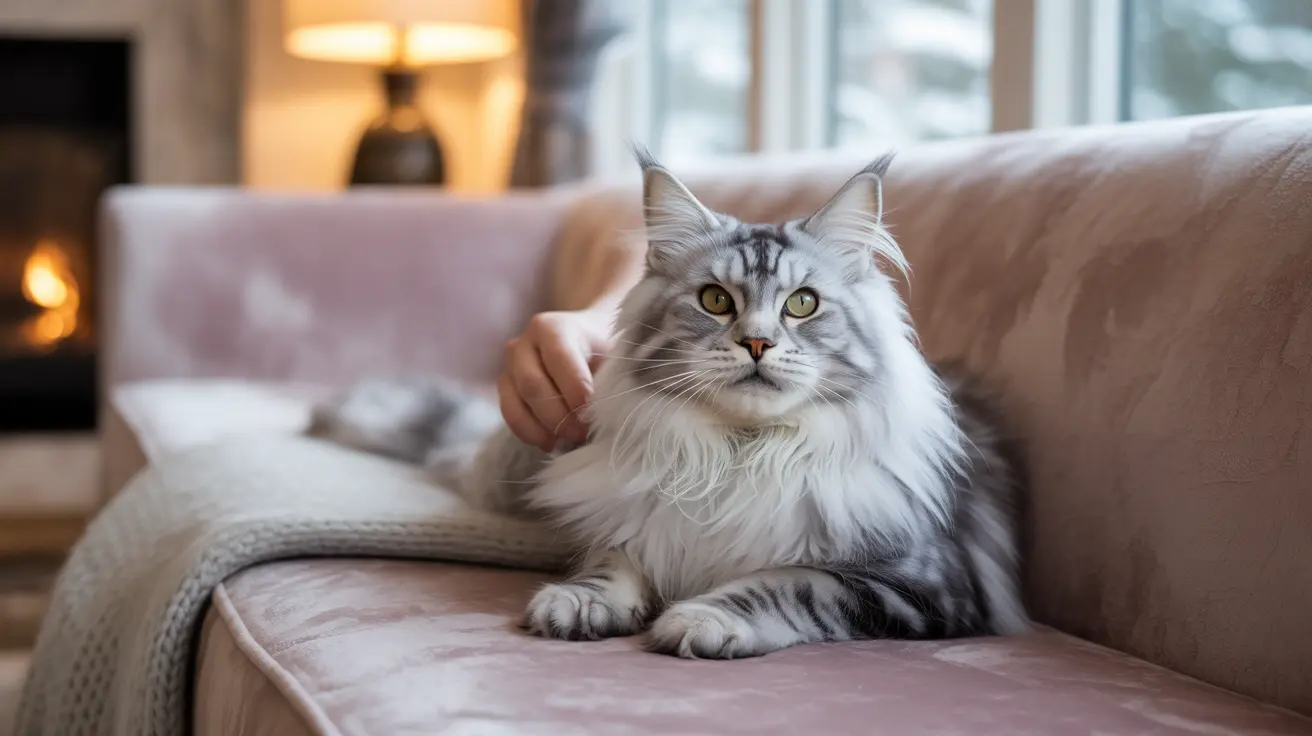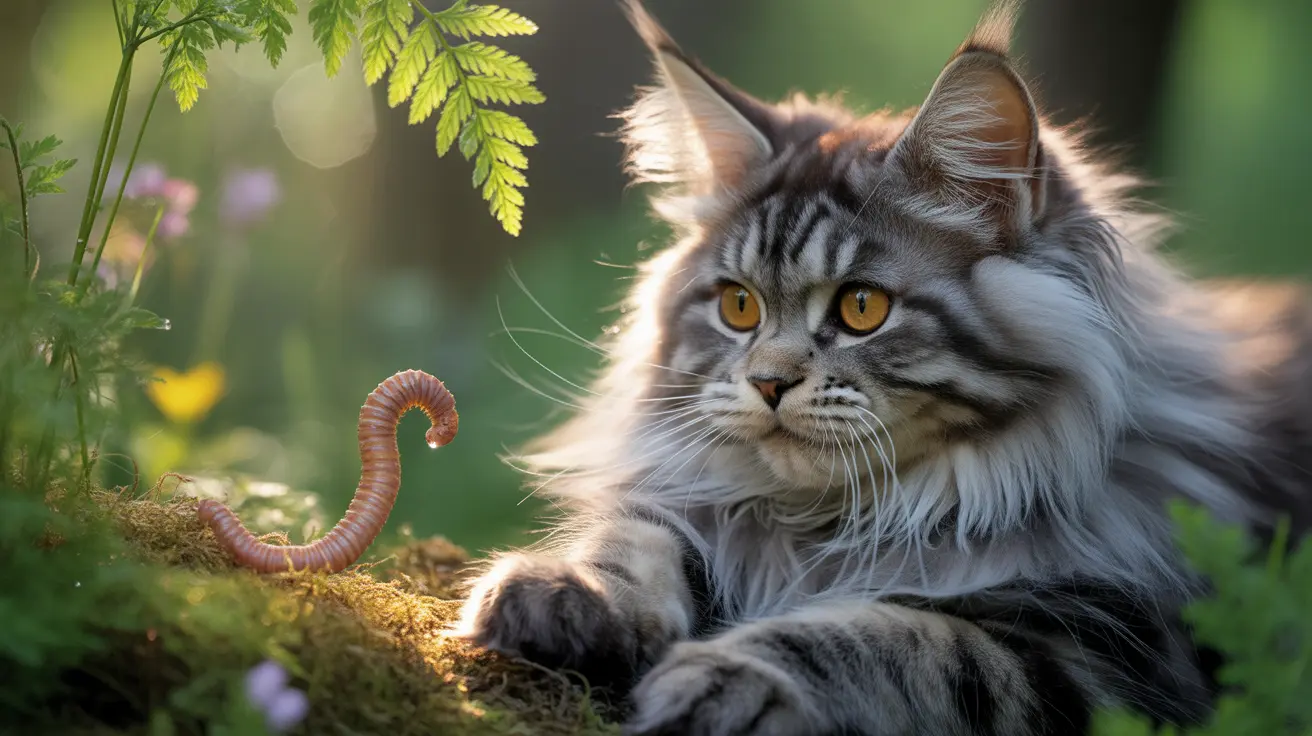Why Cats Reign as Japan’s Favorite Pet
Japan has long been associated with a unique cultural appreciation for animals, especially pets. Among the array of popular companion animals—including dogs, birds, and small mammals—the undisputed favorite pet in Japan is the domestic cat. Revered in folklore, art, and everyday life, cats have etched a lasting presence in Japanese society.
Historical and Cultural Significance of Cats in Japan
Cats have a deep-rooted history in Japan, with their presence recorded as far back as the 6th century when they were brought over from China to protect Buddhist scriptures from rodent damage. Since then, their position in Japanese culture has only grown.
- Folk Legends and Superstitions: The popular ‘Maneki-neko’ or beckoning cat figurine is believed to bring good fortune and is seen in shops and homes across Japan.
- Religious Symbolism: In some Shinto and Buddhist beliefs, cats are considered protectors or spiritual beings.
- Art and Literature: From classical woodblock prints to contemporary manga and anime, cats frequently appear as central characters or motifs.
Why Cats Make the Perfect Pet in Japan
Japan’s urban lifestyle, where most people live in relatively small apartments and lead busy lives, aligns well with the nature of cats. They are quiet, independent, and don't require as much outdoor exercise as dogs.
- Space Efficiency: Cats thrive in smaller spaces, making them ideal for city dwellers.
- Low Maintenance: Unlike dogs, cats are self-cleaning and don’t have to be walked.
- Quiet Nature: They typically don’t bark or disturb neighbors, a key benefit in densely packed urban housing.
- Companionship: While independent, many cats still form strong bonds with their owners, offering emotional support without constant attention.
The Influence of Media and Pop Culture
Cats are deeply embedded in Japanese popular media. Anime and manga often feature cats as notable characters—think Luna from Sailor Moon or the Studio Ghibli films such as My Neighbor Totoro that include feline characters.
Social media has also fueled Japan’s cat craze:
- Cat Cafés: These establishments allow people to enjoy drinks while interacting with resident cats—a concept that originated in Taiwan but flourished in Japan.
- Instagram Fame: Japanese housecats are social media sensations, garnering thousands of followers with adorable photos and videos.
- Merchandise: Japanese stores are filled with cat-themed products—from stationery and fashion to electronics and kitchenware.
Economic and Community Impact
The popularity of cats affects more than just household companionship. It’s an economic driver and an element of community life:
- Tourism: Cat islands like Aoshima and Tashirojima, where the feline population outnumbers humans, attract tourists worldwide.
- Retail Economy: Billions of yen are spent annually on pet products, with a significant portion going toward cat food, litter, toys, and healthcare.
- Healthcare Practices: Veterinary services and pet insurance for cats are standard in Japan, reflecting their elevated status.
Challenges and Animal Welfare
Despite their popularity, the widespread affection for cats also brings challenges in terms of animal welfare and overpopulation. Japan has made progress in adopting ethical treatment measures:
- Trap-Neuter-Return (TNR): Programs aimed at controlling stray cat populations.
- Adoption Culture: Rising trend of adopting cats from shelters rather than buying from pet stores.
- Regulations: Stricter rules for breeders, pet shops, and cat cafés to ensure animal welfare.
Conclusion
Cats are more than just pets in Japan—they are cultural icons, spiritual symbols, and loving companions suited to the country’s unique lifestyle. Their low-maintenance nature, symbolic stature, and adaptability to compact living spaces make them the ideal pet for many Japanese households. Whether curled up on a manga artist’s lap, featured in viral videos, or lounging in a cat café, these enigmatic creatures have found a permanent place in the heart of Japan’s pet-loving society.





